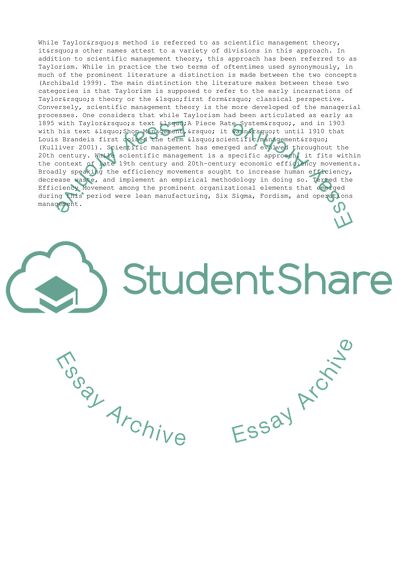Cite this document
(“Scientific Management Theory Essay Example | Topics and Well Written Essays - 1500 words - 1”, n.d.)
Scientific Management Theory Essay Example | Topics and Well Written Essays - 1500 words - 1. Retrieved from https://studentshare.org/management/1591425-scientific-management-theory
Scientific Management Theory Essay Example | Topics and Well Written Essays - 1500 words - 1. Retrieved from https://studentshare.org/management/1591425-scientific-management-theory
(Scientific Management Theory Essay Example | Topics and Well Written Essays - 1500 Words - 1)
Scientific Management Theory Essay Example | Topics and Well Written Essays - 1500 Words - 1. https://studentshare.org/management/1591425-scientific-management-theory.
Scientific Management Theory Essay Example | Topics and Well Written Essays - 1500 Words - 1. https://studentshare.org/management/1591425-scientific-management-theory.
“Scientific Management Theory Essay Example | Topics and Well Written Essays - 1500 Words - 1”, n.d. https://studentshare.org/management/1591425-scientific-management-theory.


